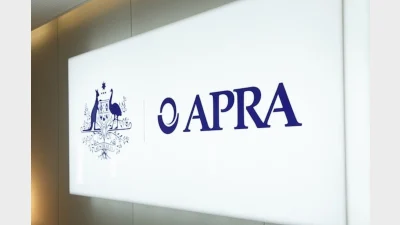Little high confidence on member outcomes assessment



Only 20% of trustees are ‘very confident’ they will achieve their timetable to deliver their member outcomes assessment, according to a poll.
The poll, conducted at the Association of Superannuation Funds of Australia (ASFA) conference in Melbourne today, found that 75% of trustees were either ‘very confident’ or ‘moderately confident’ in delivering their member outcomes assessment.
Another 22% were ‘slightly confident’ and 2% of trustees polled said they were ‘not confident at all’.
Conducting the poll, PwC superannuation risk and regulation director, Carolyn Morris said trustees should use 2020 as a pilot test year to work through a trial outcome assessment to have a publication ready for February/ March 2021.
“We are asking trustees to build in a reflection period so you’re forcing yourself to take a step back and say ‘I’m assessing these outcomes how do I eel about the way I’m doing this? Is there something I can change now? Do I need more data? Do I have less data? Have I over complicated this?’,” Morris said.
“Because we’re very much the view that less is more at the moment because you’re already doing a lot of what is needed for the assessment.”
Morris noted that the member outcomes legislation included a requirement to hold an annual members meeting and it was an important part of the assessment because the assessment was not just an internal reflection process but an opportunity to communicate your value and narrative to your stakeholders.
“One of the key inputs in that meeting would most likely be your published outcomes assessment which would give you something concrete and current to focus on in that conversation,” she said.
Morris stressed that trustees needed to appoint a “clear owner of strategy and clear owner of member outcomes” and have appropriate resources allocated to these roles.
“This is not a side job, it’s fundamentally assessing the quality of your business. It is making sure you have the right people focused on this as there is an accountability to make sure this framework is designed in a sound way and that it would be looked after for the ‘accountability regime’,” Morris said.
Recommended for you
The winners have been announced for the 2025 Super Fund of the Year Awards, held in Melbourne on 26 November.
Australian Ethical Superannuation has seen additional licence conditions imposed on it by APRA over the fund’s expenditure management.
The fund has strengthened its leadership team with three appointments to drive its next phase of growth and innovation.
ASIC and APRA have warned many trustees have failed to meaningfully improve retirement strategies despite the retirement income covenant being in place for three years.









